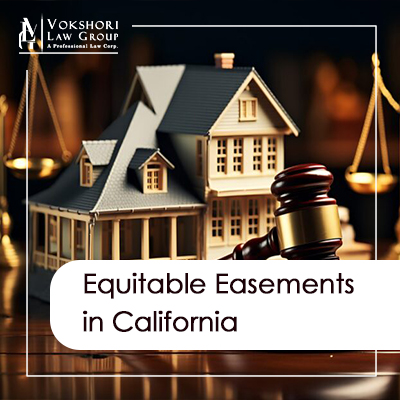
In the notable case of Romero v. Shih, the California Court of Appeal dealt with a failed lot line adjustment and its transformation into an equitable easement, providing a significant learning point for legal professionals, especially those in real estate and property law.
Background of the Case
The case revolved around two adjacent residential lots that had been under the same ownership since 1941. An attempt was made to adjust the lot lines to prevent practical issues with a driveway on the narrower lot. Despite initiating the process, including obtaining a zoning variance and preparing a new map, the adjustment was never formally recorded. This oversight led to subsequent ownership disputes when the lots were sold, using the original legal descriptions, and new owners found discrepancies in the lot widths.
Legal Proceedings and Findings
When the discrepancy was discovered, the Romeros, who owned the narrower lot, sought legal action to rectify the encroachment by their neighbors, the Shihes. The trial court awarded the Romeros an exclusive implied easement for the 8-foot strip in question, demanding the removal of the Shihes’ driveway, a brick wall, and a planter encroaching upon it.
However, the California appellate court rejected the implied easement theory, citing a lack of precedent for exclusive implied easements outside of utilities and the original parties’ intention not to create an easement. Instead, the court leaned towards an equitable easement as a remedy, fitting the situation where the trespass was innocent, and the balance of hardships strongly favored the trespasser.
The Doctrine of Equitable Easement
An equitable easement, distinct from a voluntarily created easement, is a judicially created remedy for cases where removing an innocent trespass would result in a greater injustice. The criteria include the innocence of the trespass, minimal harm to the property owner, and a significant hardship balance favoring the trespasser. The appellate court, agreeing with the trial court’s decision, underscored that the Shihes’ continued use of the 8-foot strip for their driveway, wall, and planter justified the equitable easement, tailored to promote justice between the parties.
Lessons and Considerations
The case underscores the complexities of property rights and the courts’ role in adjudicating disputes where technical failures to document changes can lead to significant legal battles. It also highlights the strategic importance of litigation approaches. The Romeros’ “all or nothing” stance was critiqued by the court, suggesting that a more measured proposal might have led to a more favorable outcome, emphasizing the wisdom in avoiding excessive demands in legal negotiations.
Conclusion
Romero v. Shih serves as a poignant reminder of the intricacies of property law in California, particularly the application of equitable easements in resolving disputes over land use and ownership. For attorneys, the case reinforces the need for diligence in handling lot adjustments and the potential for equitable remedies in cases of innocent trespass, along with strategic considerations in litigation to achieve just outcomes for clients.






